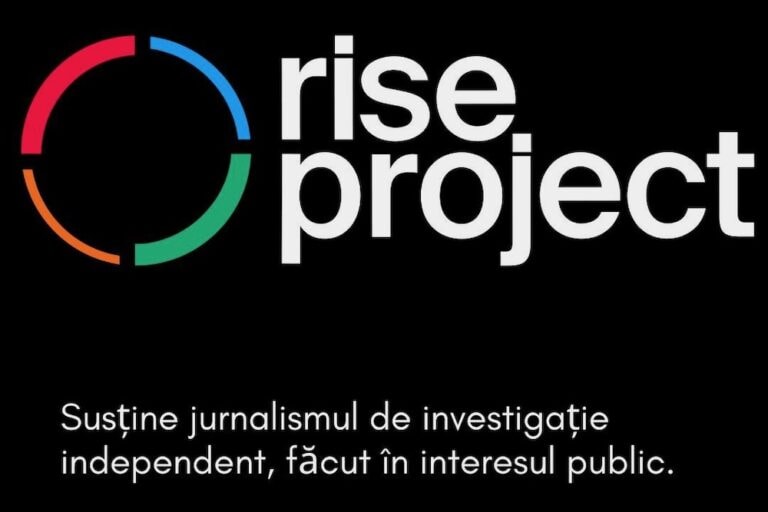(RSF/IFEX) – After monitoring media coverage of the presidential election campaign from 21 October to 28 November 2004, RSF and the Media Monitoring Agency (MMA), a Romanian press freedom organisation, have concluded that Romania’s print media were freer and more critical of the ruling party candidate, while state broadcasters allegedly censored and manipulated coverage. The […]
(RSF/IFEX) – After monitoring media coverage of the presidential election campaign from 21 October to 28 November 2004, RSF and the Media Monitoring Agency (MMA), a Romanian press freedom organisation, have concluded that Romania’s print media were freer and more critical of the ruling party candidate, while state broadcasters allegedly censored and manipulated coverage. The organisations issued their findings five days before the runoff scheduled for 12 December.
“Balance between the political currents was respected in the print media, but the number of television reports of a political nature fell sharply during the campaign. This lack of debate about the election is worrying, since television is the main news source for 73 percent of Romanians,” the organisations said.
“We are also worried about reports of censorship and manipulation of the news on national radio and television, and stress that the role of public media is not to be the government’s mouthpiece but to provide the public with complete, impartial and independent information on subjects of general interest,” RSF and MMA added.
The first weeks of the election campaign were marked by a fall in the number of references to the main candidates in radio and television news bulletins, and by a significant drop in the number of reports of a political nature on television. Broadcasting executives blamed this on the harshness and ambiguities of the electoral law, which pushed journalist into adopting a degree of self-censorship.
The organisations found a balance in the number of appearances by leaders of the ruling Social Democratic Party (PSD) and those of the centre-right opposition party Justice and Truth Alliance (DA) on prime-time television news bulletins. The balance was due to the electoral law’s imposition of very strict criteria on the allocation of airtime.
On state television, however, the content of reports was biased in favour of the ruling party. The PSD’s presidential candidate, Prime Minister Adrian Nastase, was the candidate most often associated with acts deemed positive in television news programmes from 21 October to 3 November (in a total of 10 appearances). Bucharest Mayor Traian Basescu, the opposition candidate, was most often associated with acts deemed negative (in his 5 appearances). The situation was similar on prime-time radio news bulletins during this period.
The print media gave more space to the candidates and were more critical. There were more reports about Nastase than other candidates, but he was also criticised more often, with 41 percent of references being of a negative nature.
On 30 November, after the opposition had called for the annulment of the elections, the state television station TVR1 turned its news bulletin into an open campaign against Basescu. Fifteen of a total of 16 reports concerned the annulment call, but only one presented Basescu’s viewpoint, while all the other personalities who were asked to express their view, including journalists, analysts and politicians, opposed the annulment call.
Alexandru Costache, of TVR1’s news department, revealed the political pressure, censorship and disinformation that prevailed within the media outlet. “It is as if we were attached by an umbilical cord to the PSD, and to Adrian Nastase in particular,” he said in an open letter. Similar charges were made against the state-owned radio corporation, Radio Romania.
There were also several regrettable incidents involving the media during the campaign. In the course of several hours on 6 November, three political and governmental personalities tried to intimidate Sebastian Oancea, a journalist with the local daily “Ziarul de Vrancea”, while he was covering the PSD-PUR campaign in Focsani (northeast of Bucharest).
In addition, about half the copies of the satirical weekly “Academia Catavencu” disappeared from newsstands early on the mornings of 24 and 25 November. Deputy editor-in-chief Liviu Mihaiu said PSD people were seen visiting newsstands throughout the country, buying up all the copies they could find. He said the issue included an investigative report that was damaging for Nastase. PSD spokesman Titus Corlatean denied the allegations.
The complete election monitoring report is available in Romanian on the MMA website: http://www.mma.ro.


